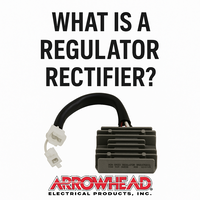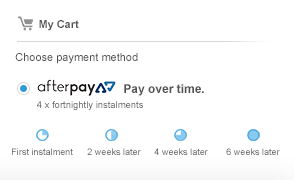What is a regulator rectifier?

What Is a Motorcycle Regulator Rectifier—and Why Is It So Important?
When it comes to keeping your motorcycle running reliably, few electrical components are as critical—and often overlooked—as the regulator rectifier. This small but essential unit manages your bike’s electrical current, ensuring your battery stays charged and your electronics don’t fry. But what exactly does a regulator rectifier do?
The Basics: Regulating and Rectifying
A motorcycle’s engine powers an alternator, which produces AC (alternating current) electricity. However, your bike’s battery and electronic systems require DC (direct current). That’s where the rectifier part comes in—it converts the AC power from the alternator into usable DC power.
Once that’s done, the regulator takes over. The alternator doesn’t produce a consistent voltage—it fluctuates with engine RPM. Without regulation, voltage spikes could damage your battery, lights, or ECU. The regulator limits this voltage, usually to around 14–14.5 volts, keeping things safe and steady.
What Happens If It Fails?
A faulty regulator rectifier can cause a range of issues:
-
Overcharging – leading to a swollen or boiling battery.
-
Undercharging – leaving your battery dead after a ride.
-
Electrical component damage – from voltage spikes.
-
Erratic engine performance – due to unstable current delivery.
If your headlight brightness fluctuates with RPM, or your battery keeps dying, a failing rectifier could be the culprit.
Signs of a Bad Regulator Rectifier
-
Dim or flickering lights
-
Battery not holding charge
-
Burnt smell or melted connectors
-
Inconsistent voltage readings (test with multimeter)
-
Bike won’t start, especially after a long ride
Maintenance and Replacement
Regulator rectifiers are solid-state devices and aren’t typically repairable. If you suspect it’s failing, it’s best to replace it with a high-quality OEM or upgraded aftermarket part. Many riders also upgrade to MOSFET regulator rectifiers, which run cooler and more efficiently than traditional ones.
It’s also important to check your battery and stator health when replacing a rectifier—they all work together in the charging system.
In Summary
Your motorcycle’s regulator rectifier:
-
Converts AC to DC power
-
Regulates voltage to protect electrical components
-
Keeps your battery properly charged
Though small, it's one of the most critical parts of your bike’s electrical system. Knowing how it works—and spotting signs of failure early—can save you from frustrating breakdowns and costly repairs.






